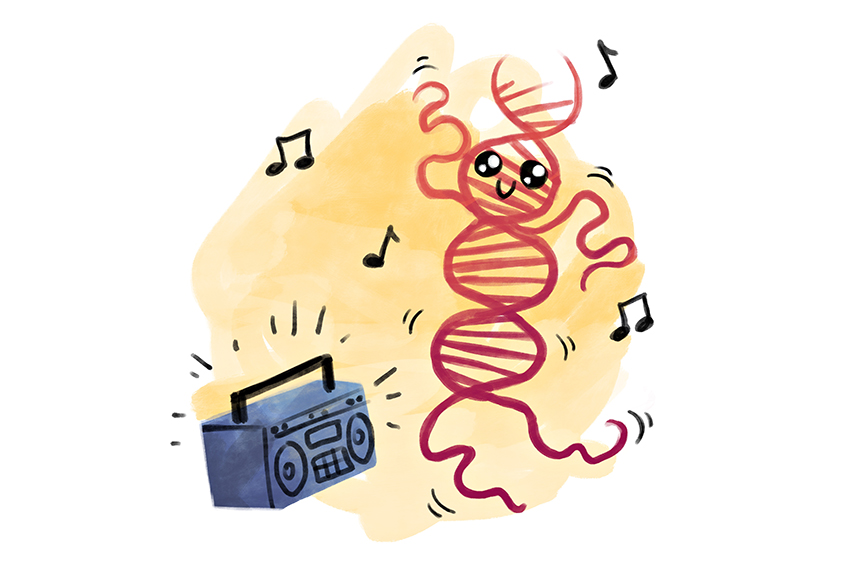Scientists are trying to imitate nature by applying electrical engineering principles to biological systems.
A multi-institutional team of researchers has developed a method of programming DNA molecules to behave in a certain way, in a chemical oscillator. This chemical oscillator can mimic complicated processes and behaviors inside of cells and allows scientists to create advanced molecular machines, which can be used in a variety of fields. The researchers published their findings in Science on Dec. 15.
Cells within living organisms are incredibly intricate, with many complex biochemical processes occurring continuously. The field of synthetic biology attempts to replicate these complicated systems, but man-made chemical controllers are very difficult to make.
“In biology, our cells are full of these very complicated chemical systems that do everything we associate with life,” said David Soloveichik, assistant professor of electrical and computer engineering and last author of the study. “In some sense, the higher-level purpose of my research is to (replicate) the things that biology can do with rational, human design.”
A chemical oscillator is a system of chemical reactions that produces patterns in time, much like a clock. They’re essential to life, Soloveichik said. An example of a chemical oscillator is a circadian clock, which syncs living organisms with day-night cycles. The discovery of the circadian oscillator by UT alumnus Michael Young and two others won them the 2017 Nobel Prize in physiology.
The researchers created a novel chemical oscillator that uses only DNA, without the use of enzymes.
They accomplished this by creating a new programming language, which could also be used for other complex chemical systems and molecular machines, and a compiler, which is a software program that converts code in a programming language into machine language. Soloveichik said the team did this by taking principles commonly used in electronics and applying them to chemical systems.
“We want to make cells that we can reprogram,” Soloveichik said. “I’m interested in these programmable molecular systems that could potentially interface with life and be able to be controlled modules for the cell.”
Next, researchers will work on using this particular programming language for other things. One potential use is data storage. Because DNA has the ability to store large amounts of information, computer scientists are looking at it for use in data storage. The study’s findings suggest that, if DNA can hold information and be programmed to behave in a certain way, it could also be used for computing, Soloveichik said.
According to Soloveichik, the study suggests the nucleic acids DNA and RNA may play a role beyond just supplying genetic information. They can be programmed to “dance” with a rhythm, implicating that they may have more functions than previously thought. It may also affect one theory for how advanced life came about, which states that life evolved to use DNA and proteins rather than RNA for added stability.
“We’re not using it just as a carrier of genetic information but as an active molecule,” Soloveichik said. “That’s surprising — I think before this kind of work, people didn’t think it was capable of doing this kind of complex behavior. Understanding what nucleic acids alone are capable of is also interesting and informs our understanding of the origin of life.”















